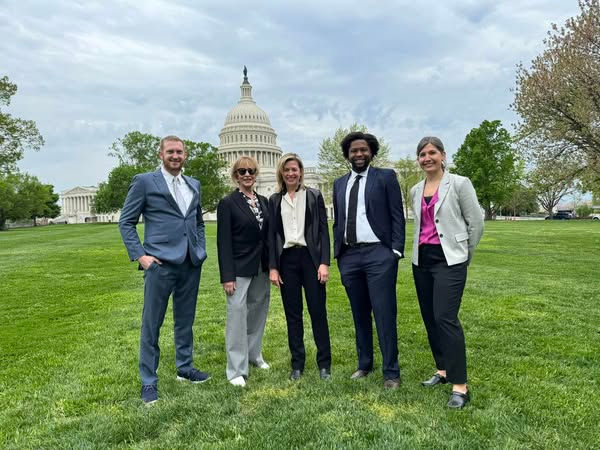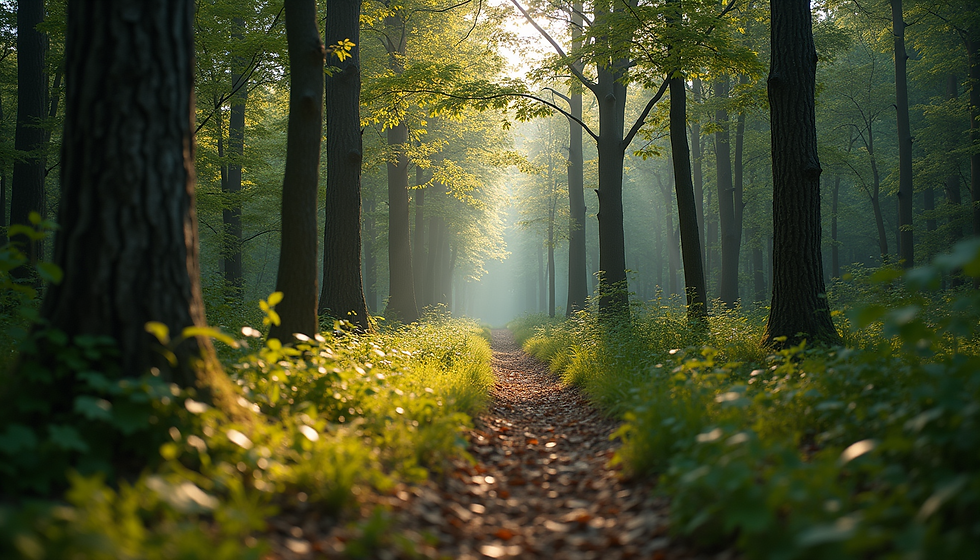Good Forestry Makes for Good Hunting
- crcsaw
- Sep 10
- 2 min read
🌲 A Legacy of Stewardship and Skill
In the quiet hush of dawn, when the forest breathes mist and the world holds its breath, hunters step into a landscape shaped not just by nature—but by intention. Good forestry isn’t just about trees. It’s about balance, biodiversity, and the kind of habitat that turns a walk in the woods into a story worth telling. And for hunters, it’s the difference between chasing shadows and tracking abundance.

🦌 Habitat Is the Hunt
Healthy forests are mosaics—patchworks of canopy, understory, and open ground that support a wide range of species. When forestry practices prioritize ecological diversity, they create ideal conditions for game animals:
Edge habitats—where forest meets field—are prime zones for deer, turkey, and other game.
Selective thinning opens up sunlight, encouraging growth of forage plants like clover, acorns, and berries.
Controlled burns rejuvenate ground cover and reduce disease-prone overgrowth, attracting prey and predators alike.
In short, good forestry feeds the forest—and the hunt.
🛠️ Management Over Manipulation
There’s a difference between manipulating land for trophies and managing it for legacy. Ethical forestry supports:
Sustainable populations through habitat improvement, not artificial feeding.
Natural movement patterns, allowing hunters to learn and respect animal behavior.
Long-term resilience, ensuring that future generations inherit not just game, but the wildness that makes the hunt meaningful.
Hunters who steward their land often become its fiercest protectors. They know that a healthy forest isn’t just a backdrop—it’s a living system that demands care.
🌿 Hunting as Conservation
Responsible hunting and forestry go hand in hand. Through programs like the Pittman-Robertson Act, hunters contribute billions to wildlife conservation. But the impact goes deeper:
Population control: In areas without apex predators, hunting helps prevent overpopulation, disease, and habitat degradation.
Funding restoration: Hunting licenses and gear taxes fund reforestation, wetland protection, and wildlife corridors.
Cultural stewardship: Hunters often lead the charge in preserving public lands and advocating for ethical land use.
When forestry is done right, it doesn’t just support hunting—it elevates it into a form of conservation.
🔥 The Legacy Lens
For landowners, foresters, and hunters alike, the question isn’t just “How do we hunt?” but “What are we leaving behind?” Good forestry invites us to think generationally:
Are we planting trees that will feed deer fifty years from now?
Are we creating habitat that supports both game and pollinators?
Are we teaching our children to read the land—not just the trail?
The best hunts begin long before the season opens. They start with stewardship.
Final Thought:
Good forestry makes for good hunting because it honors the full cycle—growth, decay, regeneration, and pursuit. It’s not about domination. It’s about participation. And when hunters become stewards, the forest becomes more than a place to hunt. It becomes a place to belong.



Comments